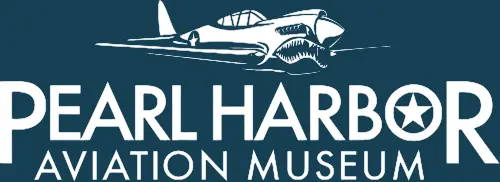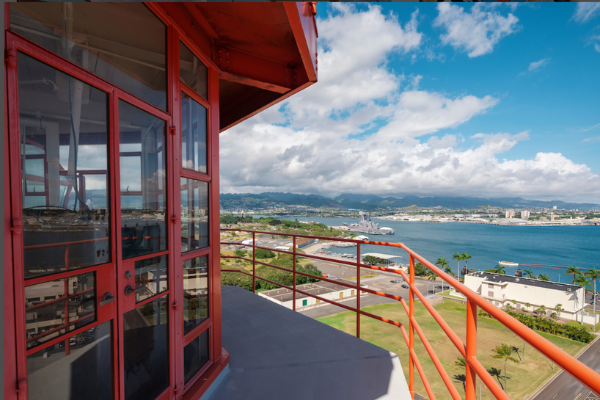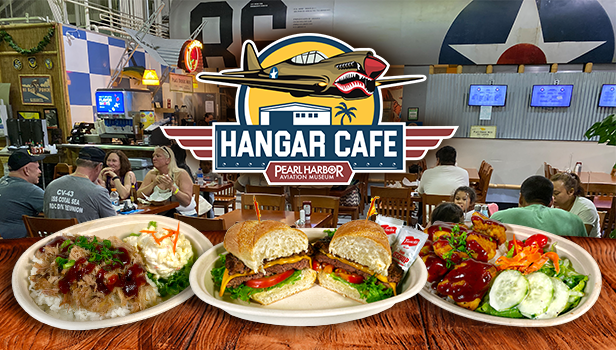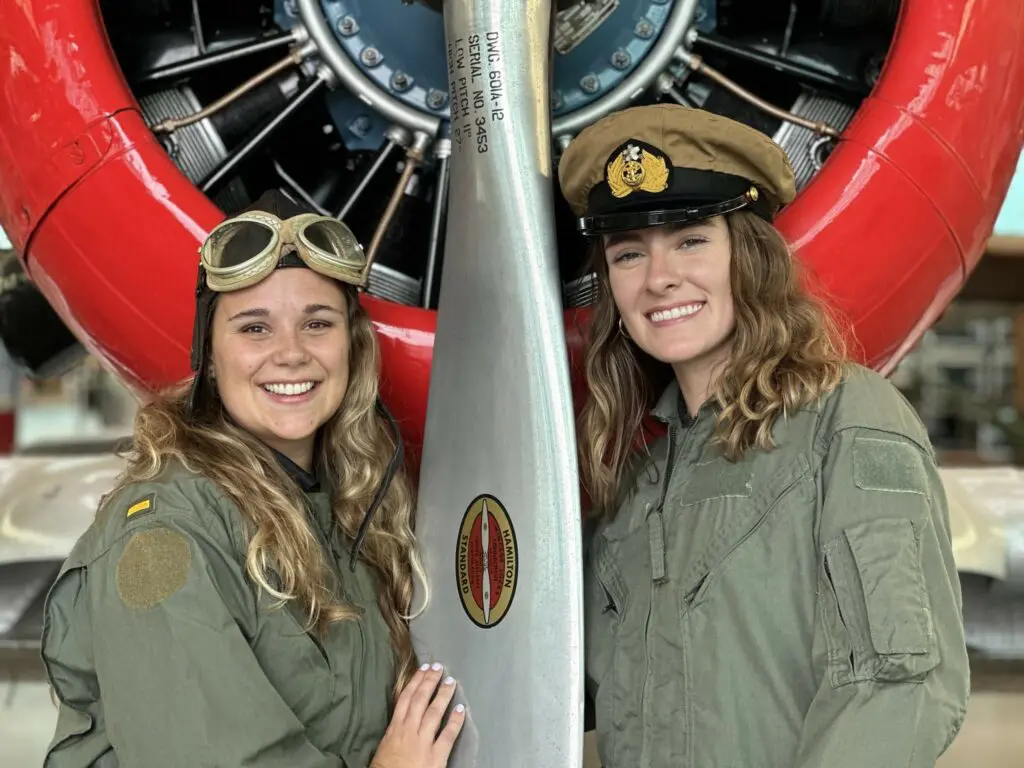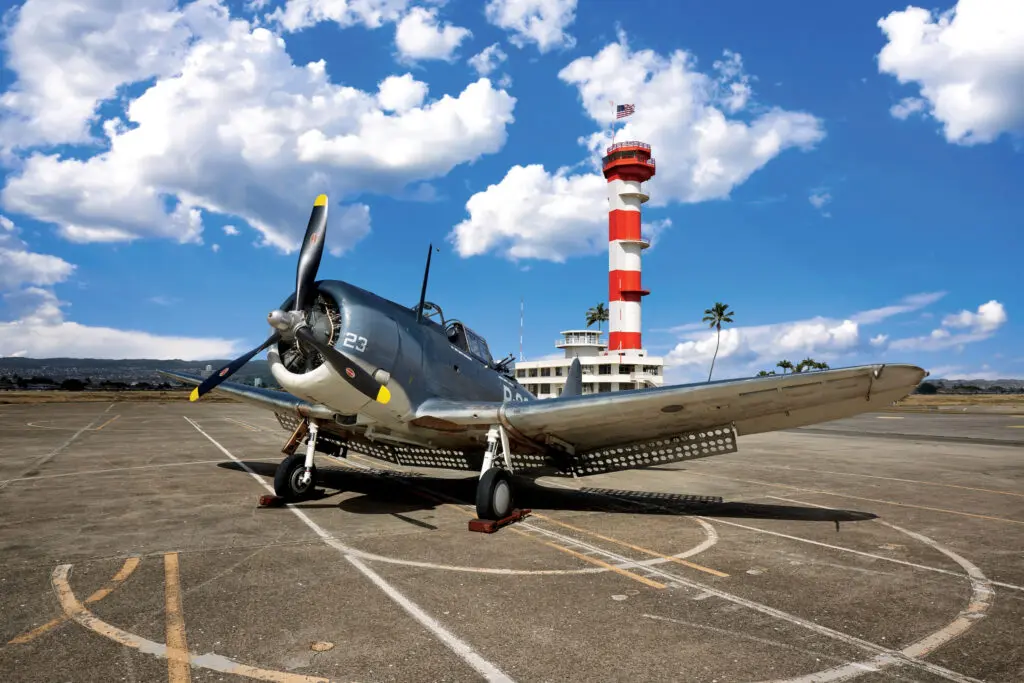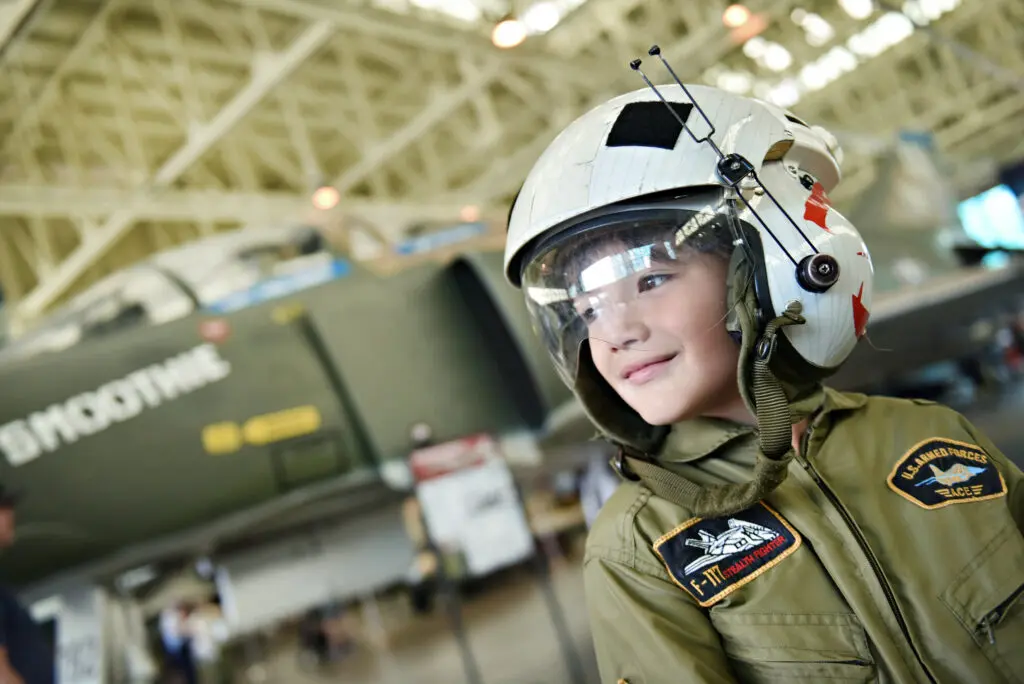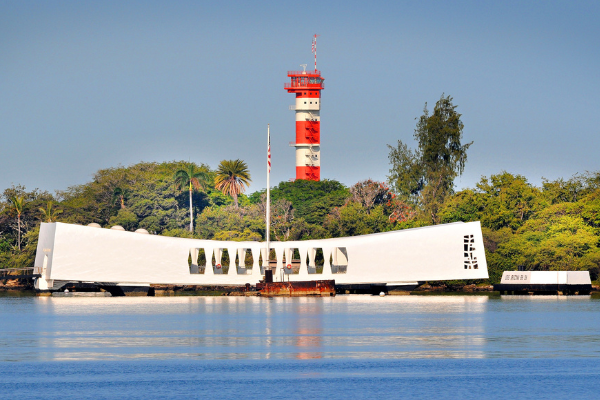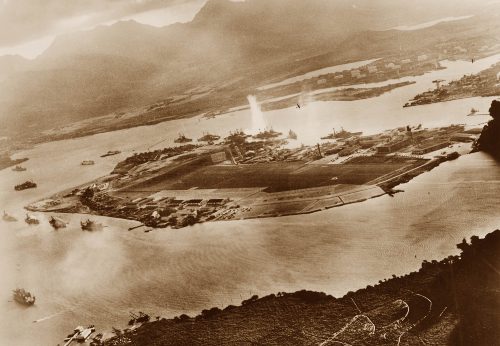Northrop F-5A Freedom Fighter (And T-38 Talon)
In the 1950s, with jets growing larger and more expensive, Northrop developed a design for a small, simple, and inexpensive — yet still supersonic — aircraft.

- In the 1950s, with jets growing larger and more expensive, Northrop developed a design for a small, simple, and inexpensive — yet still supersonic — aircraft.
The aircraft used two GE J85 engines weighing less than 500 pounds, yet producing up to 5,000 pounds of thrust. - The Air Force initially adopted the design as the two-seat T-38 Talon supersonic trainer. This is still its main advanced trainer today.
- The F-5 version was built as a high-performance, inexpensive export fighter for U.S. allies. Early models were the F-5A and F-5B Freedom Fighter. Later models were the F-5E and F-5F Tiger II.
Our bird is an F-5A built in 1968. It was initially sold to the Shah of Iran and later traded to Jordan. - F-5s are still used today as adversary aircraft in dissimilar air-combat training.
- In Vietnam, the USAF used F-5s in the brief Skoshi (small) Tiger program. Afterwards, the aircraft were loaned to the Republic of Vietnam Air Force. The aircraft proved to be good bomb haulers but had limited range.
- The design evolved into the unsuccessful YF-17 Cobra and the extremely successful F/A-18 that Northrop produced with Grumman. The design also evolved into the unsuccessful F-20 export fighter.
- Aggressor F-5s were in disguise as the “MiG 28s” in Top Gun. They kept their black paint afterwards.
Introduction
In the 1950s, jet fighters were ballooning in size and complexity and declining in maneuverability and affordability. Northrop saw the need for a new jet that would be small, simple, inexpensive to buy, and inexpensive to maintain—yet would still bring supersonic performance and world-class agility.
Today, we label such elegant aircraft light fighters. (In the USAF inventory, the F-16 is the classic example.) In the 1950s, an era in which fighters were brutishly large, fast and heavy, the idea was radical.
To develop and demonstrate its vision, Northrop built and flew two prototypes. The first was the N-156F prototype for a supersonic light fighter. The second was the N-156T prototype for a supersonic trainer. These soon evolved into the F-5A/B Freedom Fighter and the T-38 Talon supersonic trainer. Eventually, the basic design gave rise to the unsuccessful YF-17 and F-20 Tigershark and then to the very successful F-5E/F Tiger II and F/A-18.
The secret to the N-156 designs was a very special engine, the GE J85. This engine was designed to power Quail decoys that would fly in formation with B-52 to draw SA-8 missiles away from the mother ship. This engine was very small — only 45 to 50 inches long and 18 inches in diameter. Amazingly, it weighed only 300 to 500 pounds, yet thrust was a remarkable 2,950 pounds of force (lbf). At Northrop’s urging, GE added an afterburner to the engine, boosting thrust to 5,000 lbf in later models. The N-156 designs and the T-38 and F-5 that followed used a pair of these small high-power engines.


Initial Navy Interest
The first service interested in the Northrop design was the Navy. After World War II, the Navy had dozens of small escort or “jeep” carriers. They could barely handle the Navy’s largest piston-engine aircraft — there was no way their short decks could handle the long take-off rolls of jets. Northrop’s design could potentially put supersonic fighters on small carriers, but interest died when the Navy retired its escort carriers.

The T-38 Talon
In the 1950s, although the Air Force had no desire for light fighters, it needed a supersonic trainer to prepare pilots for high-performance jets. Northrop adapted its N-156T design to the new requirement and built 1,158 T-38s before production ended in January, 1972. The USAF continues to use the Talon today; more than 50,000 pilots trained in the
“white rocket.”

The Air Force also used T-38s to maintain the proficiency of pilots. NASA did the same with astronauts. After the OPEC oil embargo, the Air Force Thunderbirds used Talons in air shows from 1974
through 1983.

F-5A/B Freedom Fighter
The Air Force had no interest in small jets for its own inventory, but the Pentagon realized most countries could not afford the expensive jet fighters America used. It also realized that giving older, cast-off jets to small allies was no defense against the deadly MiG-15s and newer jets the Soviet Union awarded to client states.
Under the Kennedy administration’s F-X program, the USAF called for a new supersonic, yet affordable, fighter for export. Northrop again adapted its N-156 design and won the competition in 1962. These aircraft, named the F-5A Freedom Fighter, were purchased for allies through the Military Assistance Program. Based on the Talon, the F-5A had nearly trouble-free development, and entered service in 1964.

The single-seat F-5A fighter dominated initial production. The F-5A had two Pontiac M39 revolver cannons with five chambers and a single barrel. As one shot was fired through the barrel, a spent cartridge was ejected from another chamber, while a new round loaded into another chamber, allowing each M39 to fire 1,500 rounds per minute. Although the gun was large for the small fighter, it was well worth the space it took up. The F-5A could also carry two wingtip AIM-9 heat-seeking missiles. The F-5A had no radar, so target acquisition had to be visual. This absence of radar was limiting, but it mirrored Soviet technology at
the time.

Northrop built 635 F-5As before production ended in 1972. Northrop also built 200 two-seat F-5Bs that carried bombs but had no cannons. Bravos were used primarily for the operational training of new F-A pilots in squadrons, but they were as good as F-5As at delivering bombs. Northrop also produced 86 RF-5A reconnaissance aircraft. Canada and Spain built another 310 F-5s.
A potent bomb truck, the F-5 could carry 4,400 pounds of external stores, and delivered bombs with high accuracy. In tests, it proved comparable to the expensive F-100 Super Sabre for bombing accuracy, although the Freedom Fighter carried only about half the weight of bombs and had less range — a problem for all light fighters.

In Vietnam, the USAF worried about the attrition rate of its fighters. To explore the potential of the F-5 as an Air Force fighter-bomber, the USAF flew a detachment of F-5s under a program known as Skoshi Tiger. (“Skoshi” is the Japanese word for “little.”) These were upgraded F-5As and were redesignated as F-5Cs.
When the Skoshi Tiger program ended, the Air Force decided not to procure F-5s. It passed the Skoshi Tiger F-5Cs to the Republic of Vietnam Air Force, giving the South Vietnamese a modern supersonic fighter/bomber. The USAF continued to supply F-5s to the South Vietnamese, who had previously only had flown piston-engine A-1s and small Cessna A-37 counter-insurgency light attack bomber. The South Vietnamese only used their F-5s to do bombing in South Vietnam. The light fighter never faced a North Vietnamese MiG. Given the F-5’s high speed and great maneuverability, it could have been a good adversary for the MiG-17, MiG-19, and even the MiG-21.
F-5E/F
During the late 1960s, the Soviets began to provide advanced MiG-21s to client states. The F-5A was no longer enough for U.S. allies. The Air Force held the International Fighter Aircraft Competition for a higher-performance export fighter, and Northrop responded with a heavily upgraded version of the F-5 that could fly at Mach 1.6. The single-seat version was the F-5E, and the dual-seat version was the F-5F. Northrop also designed the RF-5E for reconnaissance. Northrop won the competition in 1970 and began producing fighters in 1972.

Drawing on the Skoshi Tiger experience, Northrop gave the E/F models a new name, Tiger II. Compared to the A/B models, E/F models were more powerful, had a larger fuselage, could carry more fuel, had better avionics, and had a radar system that could see out 10 miles initially, and later 20 miles. Like the F-5A, the F-5E carried two M39 cannons, but the F-5E used the upgraded M39A2 model. Unlike the F-5B, which could not carry a cannon, the F-5F had a single cannon in its nose. Northrop built 1,144 Tiger IIs, and another 467 were built in Switzerland, Korea, and Taiwan.


Dissimilar Air Combat Training
Vietnam exposed the need for realistic dissimilar air combat training (DACT) program so large heavy jets such as the F-4F Phantom II could learn to fight against small, agile fighters like the MiG-17 and MiG-21. The U.S. Navy developed its “Top Gun” school during the war, and the USAF developed a similar training program shortly after the war. Initially, the adversary force in new training programs tended to fly the maneuverable but subsonic A-4 Skyhawk. Eventually, however, a number of F-5s were brought home to offer a more realistic supersonic opponent. The Navy continues to use F-5s upgraded to F-5N standard.
Figure 10: U.S. Navy F-5N Adversary Fighter for Dissimilar Air Combat Training and Air Force F-5 Adversaries
Fans of the movie Top Gun may recognize the black Soviet “MiG-28” as a black-painted version of the F-5. The movie used F-5 aggressors in the role.

YF-17 Cobra
In 1974, the USAF staged the Air Combat Fighter (ACF) competition explored the idea of adding lightweight fighters to complement the very expensive F-15. The two competitors were the General Dynamics YF-16 Fighting Falcon and the Northrop YF-17 Cobra.
The YF-17 Cobra was in many ways a scaled-up F-5. The fighter again had two engines, but these were far more powerful YJ101-GE-100 turbofans with 14,400 pounds of thrust each. Fuselage size was increased, but the forward fuselage and the wing were based on the F-5 design. The wing was moved up from the bottom of the fuselage to make armament easier to install. The YF-17 had two canted vertical tails instead of the single vertical tail of the F-5. It had an impressive top speed of Mach 1.95. Unfortunately, although the YF-17 was an extremely good aircraft, the General Dynamics YF-16 won the competition.

F/A-18 Hornet
Although the YF-17 lost the Air Combat Fighter competition, the USN was considering a light fighter-bomber to replace aging A-7 attack aircraft and the aging (and expensive) multirole F-4. General Dynamics and Northrop again faced off to produce the Navy’s new fighter. Neither had experience with carrier-based aircraft, so each teamed up with a traditional Navy aircraft manufacturer. Northrop teamed up with Grumman. Their joint aircraft was the F/A-18 Hornet. Its twin engines and other features endeared it to the navy, and the Navy ordered production of the Hornet, and deliveries began in 1983. The F/A-18A was a single-seat aircraft, while the F/A-18B had a crew of two. These were soon upgraded to be the F-18C/D.

Later, when the Navy needed a larger aircraft, to replace the aging and difficult-to-maintain F-14, Northrop and Grumman produced the larger F/A-18E/F Super Hornet. The F-5 family, which began as a small light fighter, had become almost as large as the F-14 it replaced.
F-20 Tiger Shark
The Carter administration did not want to sell top-of-the-line fighters to allies because these aircraft could fall into Soviet hands. Northrop developed the F-20 to fit the export need for a highly capable fighter that would not use sensitive technology. Northrop used its own money to create the new aircraft. It was larger than the F-5E/F and used a single General Electric F404-GE-100 turbofan with 17,000 lbf instead of its traditional twin GE J-85s. Northrop initially called the aircraft the F-5G, but it changed its designation to F-20 Tigershark to indicate that this was really a new aircraft.

By any measure, the YF-20 was a great aircraft. However, when the Reagan administration took office, it began to relax the prohibition against sending front-line fighters to allies. F-16 sales and F/A-18 sales became brisk, but no allies were interested in buying the F-20 despite the aircraft’s excellent performance and lower cost. The F-20 has been called the best aircraft that was never built.
Statistics
| Statistics | T-38A | F-5A | F-5E | YF-17A | F/A-18C | F/A-18E |
|---|---|---|---|---|---|---|
| Crew Sizes | 2 | 1 | 1 | 1 | 1 | 1 |
| Length (ft.) | 46 | 47 | 47 | 56 | 56 | 60 |
| Wingspan (ft.) | 25 | 25 | 27 | 35 | 38 | 44 |
| Wing area (square ft.) | 170 | 170 | 186 | 350 | 400 | 500 |
| Weights | ||||||
| Empty weight (lb.) | 7,200 | 8,084 | 9,558 | 17,180 | 23,782 | 29,451 |
| Loaded weight(lb.) | 11,800 | 11,470 | 15,745 | 23,000 | 36,632 | 46,200 |
| Maximum weight(lb.) | 12,820 | 20,687 | 24,722 | 34,280 | ||
| Maximum external stores (lb.) | NA | 4,400 | 7,000 | 13,700 | 17,750 | |
| Power | ||||||
| Engine: GE J85 model (x2) | -5A/5R | -13 | -21A | |||
| Engine: GE YJ100 (x2) | -100 | |||||
| Engine: GE F-404 (x2) | -102 | |||||
| Engine: GE-F414 (x) | -400 | |||||
| Dry thrust (lbf) (x2) | 2,050 | 2,720 | 3,500 | 14,400 | 11,000 | 14,700 |
| Afterburner thrust (lbf) (x2) | 3,850 | 4,082 | 5,000 | 18,000 | 21,890 | |
| Performance | ||||||
| Maximum speed (mph) | 858 | 924 | 1,056 | |||
| Maximum Mach number | 1.3 | 1.4 | 1.6 | 2.0 | 1.8 | 1.8 |
| Rate of climb (ft/min.) | 33,600 | 28,700 | 34,400 | 50,000 | ||
| Range (mi.) | 558 | 870 | 334 | 460 |
Our Freedom Fighter
The museum’s F-5A’s Freedom Fighter was originally sold to Iran. Iran later gave the aircraft to Jordan. The following picture shows an F-5E and an F-5F in Iranian markings. After the revolution, the United States stopped selling equipment to Iran. In 2007, however, Iran announced that it had produced a new fighter that was essentially an upgraded F-5. It calls the new fighter the Azarakhsh, which means Lightning in Farsi. Details on this project have been few.



